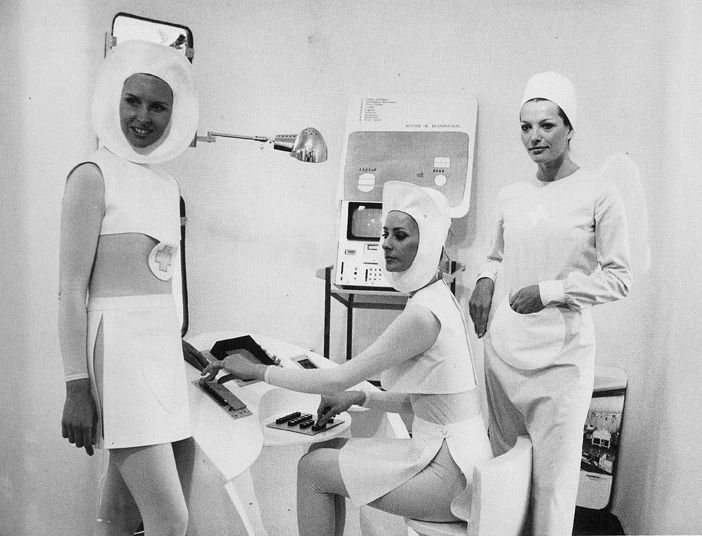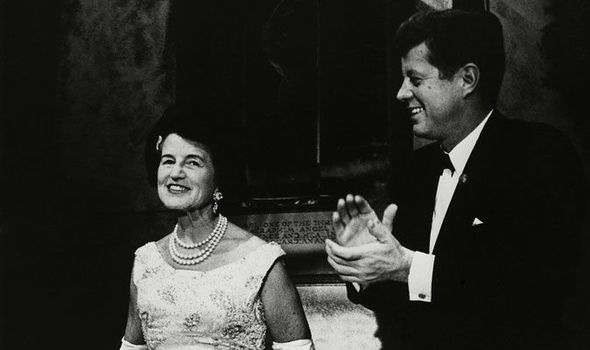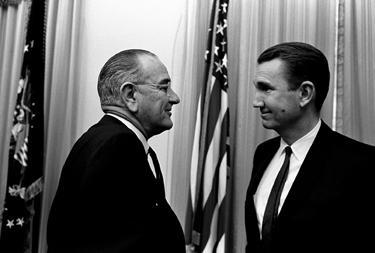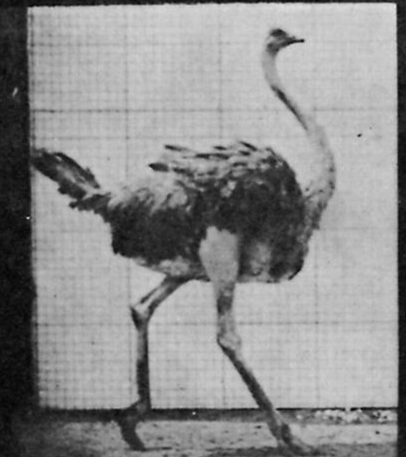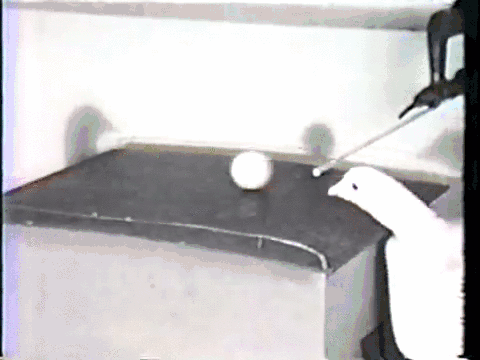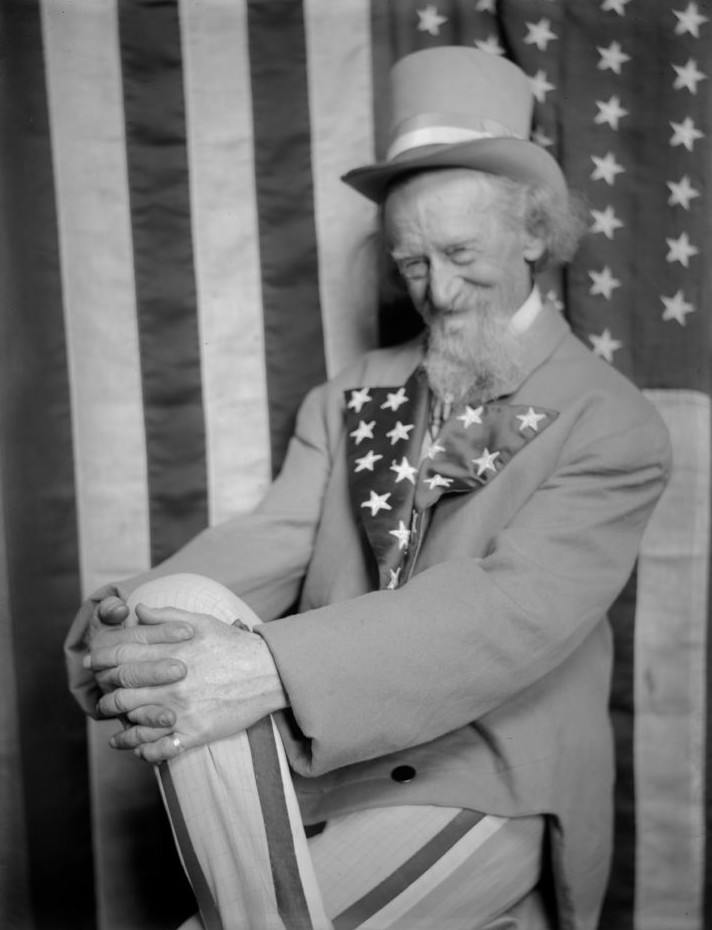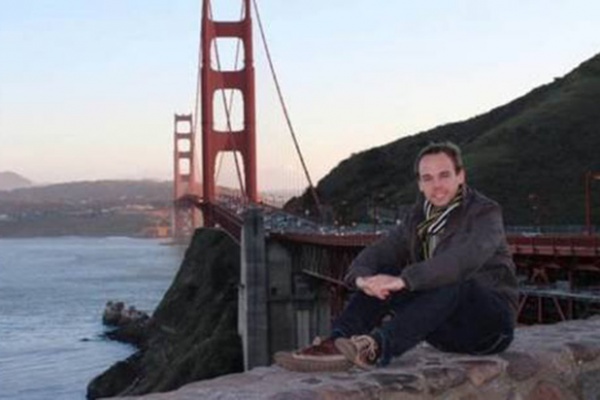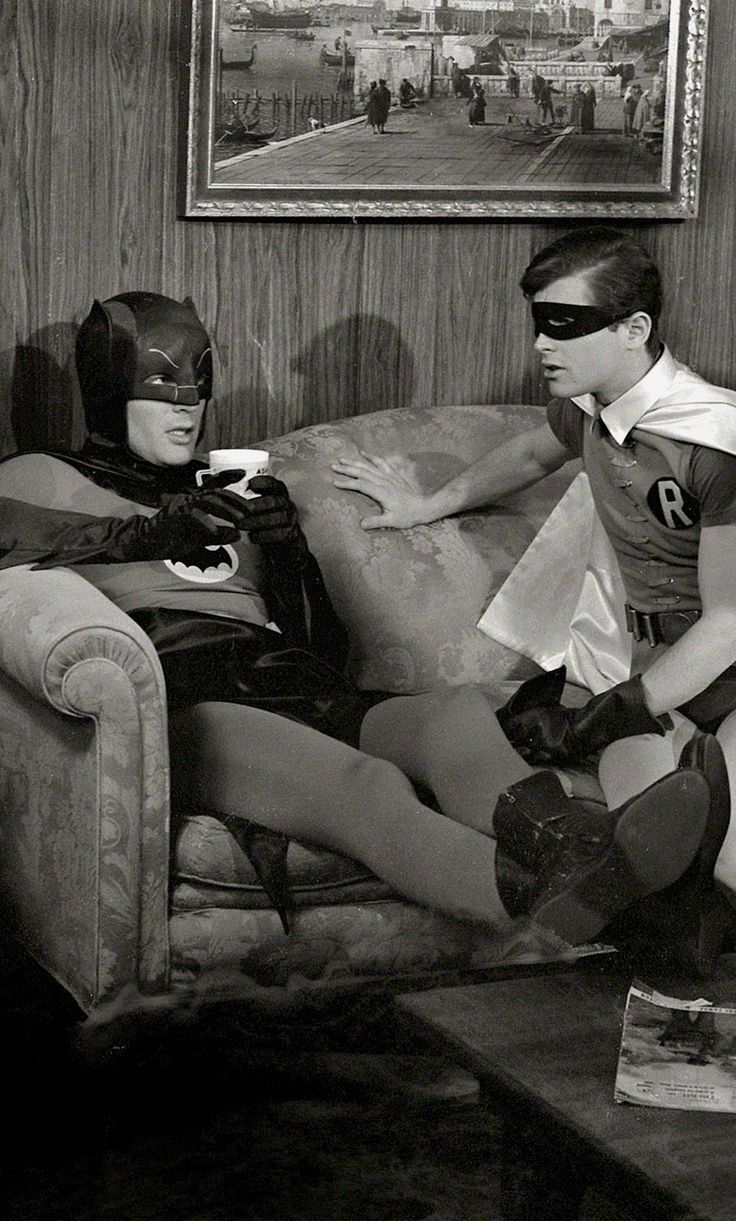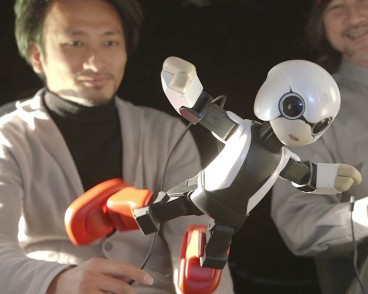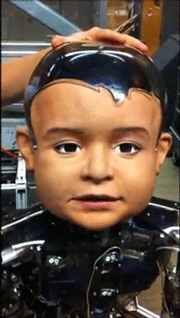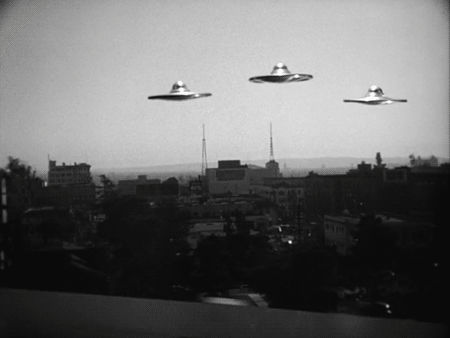Question:
My question pertains to your involvement in White House politics in the 1960’s and your familiarity with the assassination of President Kennedy: Who do you think orchestrated the assassination?
Ramsey Clark:
I remember thinking for years I’ll never be happy again after President Kennedy’s assassination.
Because the single act of a deranged person – being my interpretation, that only a deranged person would do it – could make you unhappy, then you’re making a fool of yourself for life. There are things to be done, you know? Including having a good time. Enjoying life.
And if you let it get you down, it’s your own fault.
But i remember I used to have to drive home from the Department of Justice. And I’d go down, over Memorial Bridge. And we worked late at night. And I’d see the Eternal Flame up there… and it nearly always pulled me down a little bit.
But it was reinforcing my determination to carry on.
It’s bad enough he got killed. But if it also got down the people nearest to him – then you became part of the problem, not the solution, yourself.
Well, there’s something in the nature of things that… makes us want to find some vast evil power that’s responsible for things that hurt us so badly.
But that’s very deceptive.
That happens, but life doesn’t work that way.
And you know, I went through it with President Kennedy, and with Bob Kennedy. I used to see the mother of the man that killed Bob Kennedy – she’d be there every morning I went in. There’d be times that I would be going in daily for weeks, ‘cuz somebody was in prison there, and his mother was always there. Every morning i went in, she was there. She was there waiting, because she’d get there, and wait, and wait. Perhaps she’d still be there when we left. Particularly if it was a trial morning.
We had a major trial in San Francisco, where you could see the prisoner in the morning, and then at the trial in a couple of hours.
Not often, but if there was something important to talk about, they’d bring him over and have him talk in the Courthouse. They brought Sirhan Sirhan over, in a helicopter, from the Federal prison on San Francisco bay, and landed on the roof as I recall. I’m not quite sure about that. But they brought him right to the courthouse by helicopter. But i’d see his mother nearly every time you got in there, if she wasn’t already visiting with her son. She was visiting him every day.
Which is another piece of evidence that we’re all human.
We demonize people, but everybody has a mother.
And nearly all those mothers love whomever happens to be their child.
That’s the way the world is. One of the better things about the world.
_____________________________
Question:
What was Lyndon Johnson like?
Ramsey Clark:
Well, he was first and foremost a driven person.
Enormous store of energy. Worked all the time.
7 days a week, he was always working, always thinking ’bout his work. This was during his presidency.
I had the unfortunate position of being the liaison between Vice President Johnson and Attorney General Kennedy, because they didn’t like each other. So when they had communication between them, it went through me.
Which was an uncomfortable position to be in, but it was a service, haha! Communication was important, and neither of them felt like conducting it face-to-face.
But it certainly toned it down, and got the word through. It took a lot of my time. I spent better of it, but it was worth it.
Well, Johnson’s principal characteristic was he had enormous drive. And he worked ALL the time. He was thinking about work all the time.
He’d call at 3 o’clock in the morning and say “WHAT!? you’re asleep!?”
And you’d say Yes, you woke me up!
His job was 7 days a week, and probably close to 16, 18 hours a day.
But he loved it, hehe!
And it made a difference. It wasn’t good for family, perhaps, although what you find is that you make a lot better use of the time together when you don’t have much time together. So he and the girls and Ladybird were a very tight little family.
And very natural. I remember one night I was sitting there, about 8:30, and Lucy, the younger daughter, came in – it was a week night, and she was probably still in high school I think, probably a senior. And she had something she wanted to talk to him about. And so she started to go back to the door, and he said “You go back now finish your homework and go to bed.” And she said “No, I’m going out.” And he said “No, you’re not going out.” And she said “Daddy, it doesn’t work that way, I’m going out.”
That was an exact quote. “Daddy, it doesn’t work that way.” Haha!
I don’t think there’s many people in the world who would’ve talked to him like that, but his daughter would, haha!
Between a father and a daughter, it didn’t work that way. She didn’t elaborate on it, just said “Daddy, it doesn’t work that way.”
Course, they loved each other, but she went out on her date.•
_____________________________

